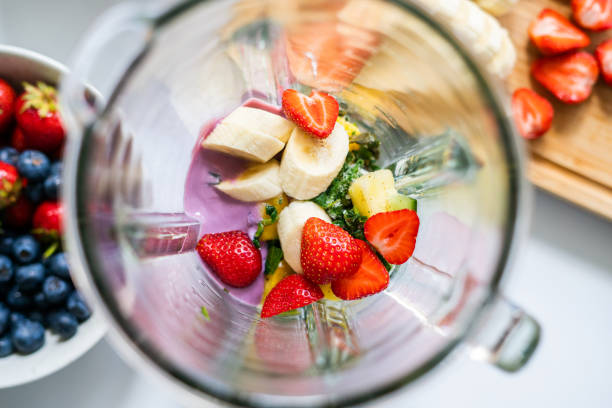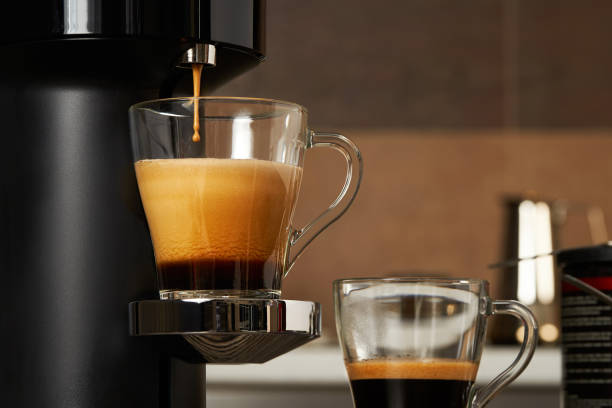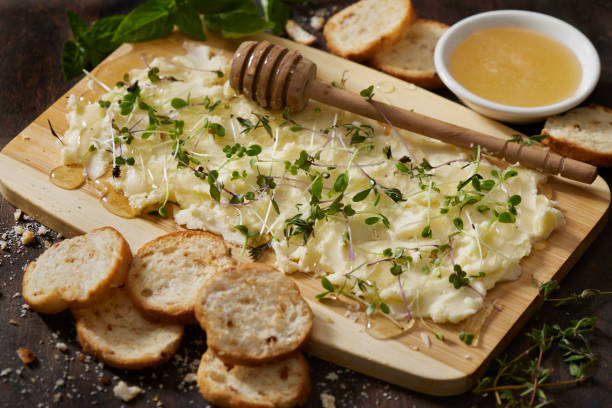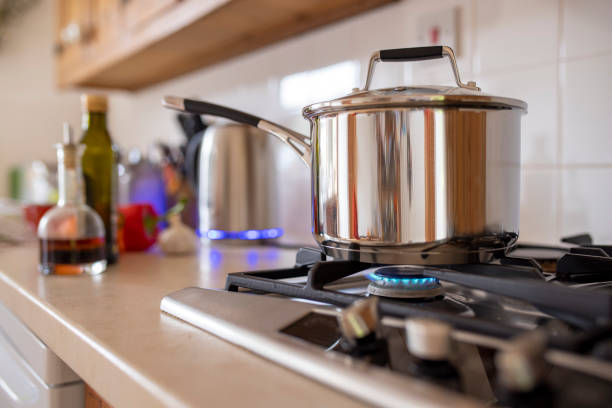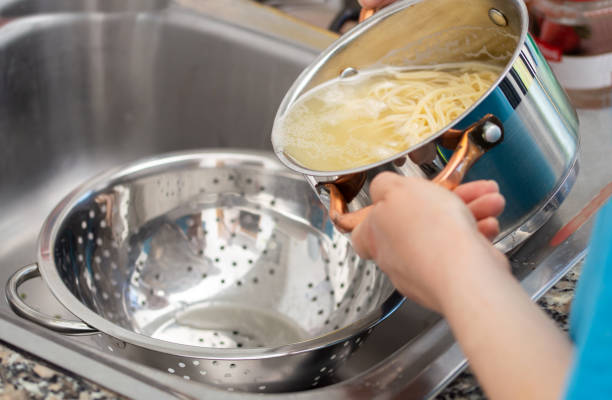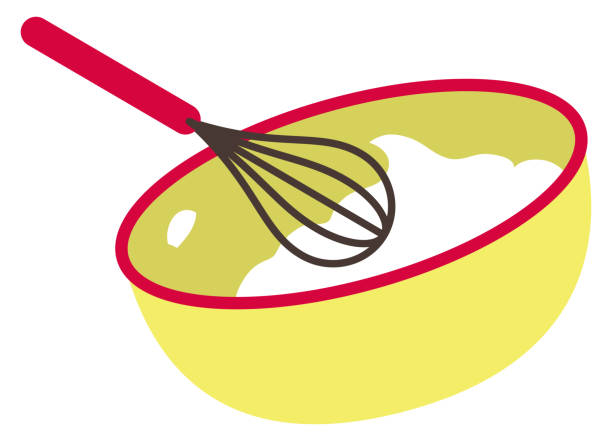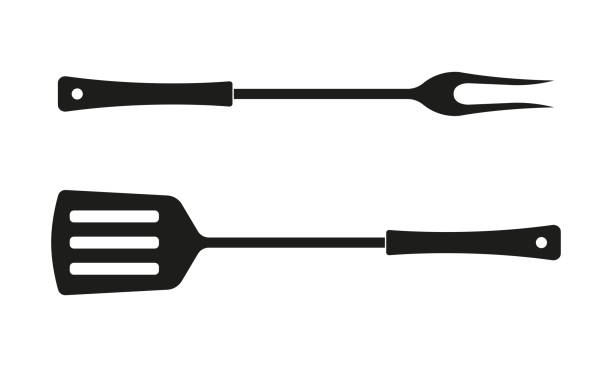Blender: A Versatile Culinary Companion
In the realm of culinary artistry, the blender stands as an unsung hero, quietly revolutionizing the way we prepare and enjoy food and beverages. This indispensable kitchen appliance has become a staple in households around the world, seamlessly blending together ingredients to create a symphony of flavors and textures. Let’s delve into the multifaceted world of blenders, exploring their history, functionality, types, and the myriad ways they enhance our culinary experiences.
Historical Evolution of Blenders:
The history of blenders dates back to the early 20th century when Stephen J. Poplawski, a Polish-American inventor, filed the first patent for an electric blender in 1922. His creation was initially designed for soda fountain use, primarily to mix malted milkshakes. The basic concept was to introduce a spinning blade into a container to blend ingredients efficiently.
Over the years, blenders evolved from large, clunky machines into sleek and powerful kitchen gadgets. The 1930s saw the introduction of the Waring Blender, named after its inventor Fred Waring, a musician and bandleader. This innovation popularized the blender for home use, making it more accessible to the general public.
Functionality and Components:
At its core, a blender is a simple yet ingenious device that utilizes a motorized base to power a set of sharp blades housed within a container. The primary function is to liquefy or emulsify food and liquids, turning them into smooth, homogenous mixtures. The basic components of a blender include:
- Motor Base: The heart of the blender, containing the motor that drives the blades. Modern blenders often feature variable speed settings and pulse options for greater control over the blending process.
- Blades: Positioned at the bottom of the container, these stainless steel blades come in various shapes and configurations, designed to handle different types of ingredients. Some blenders even have removable blades for easy cleaning.
- Container or Jar: Typically made of glass, plastic, or stainless steel, the container holds the ingredients and directs them towards the blades. Container shapes vary, influencing the blending efficiency and ease of pouring.
- Lid: A crucial safety feature, the lid prevents spills and ensures that the blending process is contained. Many lids include a removable center cap for adding ingredients during blending.
- Controls: On modern blenders, controls are often located on the motor base and may include buttons or dials for adjusting speed, selecting blending modes, and activating pulse functions.
Types of Blenders:
Blenders come in various types, each tailored to specific culinary needs. Understanding the distinctions between these types can help users choose the most suitable blender for their kitchen:
- Countertop Blenders: The most common type, these blenders have a sturdy base and are designed to sit on kitchen countertops. They come in a range of sizes and power capacities, making them versatile for a wide array of tasks.
- Immersion or Hand Blenders: Also known as stick blenders or hand blenders, these are handheld devices with a small motor and blending blades at one end. Immersion blenders are perfect for blending soups, sauces, or smoothies directly in the pot or container.
- Personal Blenders: Compact and portable, personal blenders are ideal for individuals or small households. They often come with a single-serve container that doubles as a travel cup, making them convenient for on-the-go blending.
- High-Performance Blenders: Engineered for heavy-duty tasks, high-performance blenders boast powerful motors and durable blades. These blenders excel at handling tough ingredients like ice, nuts, and fibrous fruits, making them a favorite among smoothie enthusiasts and professional chefs.
Blender in Action:
The versatility of blenders is showcased in their ability to perform a wide range of culinary tasks. Some common uses include:
- Smoothies and Shakes: Blenders are renowned for effortlessly transforming a medley of fruits, vegetables, yogurt, and ice into refreshing and nutritious smoothies and shakes.
- Soups and Sauces: Immersion blenders excel at creating silky-smooth soups and sauces directly in the cooking pot. Their convenience and ease of use make them a staple in many kitchens.
- Purees and Baby Food: Blenders are invaluable for creating smooth purees, whether for adult dishes or homemade baby food. The ability to control texture is a key advantage for parents introducing solids to their infants.
- Dips and Salsas: From creamy dips to chunky salsas, blenders facilitate the quick and efficient preparation of flavorful condiments for snacks or meals.
- Frozen Treats: High-performance blenders can crush ice with ease, making them the go-to appliance for crafting homemade frozen treats like sorbets, ice creams, and frappes.
- Nut Butters and Nut Milks: Blenders equipped with powerful motors and durable blades can grind nuts into creamy nut butters or create fresh nut milks by blending nuts with water and straining the mixture.
- Batters and Doughs: Some blenders come with specific attachments for mixing batters and doughs, providing a convenient alternative to traditional mixing methods.
Maintenance and Care:
To ensure longevity and optimal performance, proper maintenance and care of your blender are essential. Here are some tips to keep your blender in top condition:
- Cleaning: Most blenders have removable blades and containers that are dishwasher safe. Regularly disassemble these parts for thorough cleaning. For blenders without dishwasher-safe components, a quick rinse with warm, soapy water immediately after use is recommended.
- Safety Checks: Inspect the blades and container for any signs of wear or damage. If you notice any issues, replace the damaged parts promptly to avoid compromising performance or safety.
- Motor Overheating: When using a blender for extended periods, be mindful of the motor overheating. Allow the appliance to cool down between batches to prevent damage to the motor.
- Proper Use of Pulse Function: The pulse function is useful for short bursts of blending. Avoid extended use of the pulse function, as it can generate heat and strain the motor.
- Storage: Store the blender with its container and lid in place to prevent misplacement of parts. This also helps keep the blades protected and ensures the blender is ready for use when needed.
Conclusion:
In the modern kitchen, the blender stands as a testament to the fusion of technology and culinary art. From its humble beginnings as a milkshake mixer to its current status as a versatile kitchen workhorse, the blender has become an indispensable tool for both home cooks and professional chefs. Whether you’re concocting a vibrant smoothie, whipping up a velvety soup, or crafting your signature sauce, the blender is there to streamline the process and elevate your culinary creations. Its evolution continues, with innovations pushing the boundaries of what’s possible, promising exciting possibilities for the future of blending in the kitchen. So, the next time you hear the gentle hum of a blender, take a moment to appreciate the symphony of flavors and textures it brings to your table, making every meal a masterpiece.
